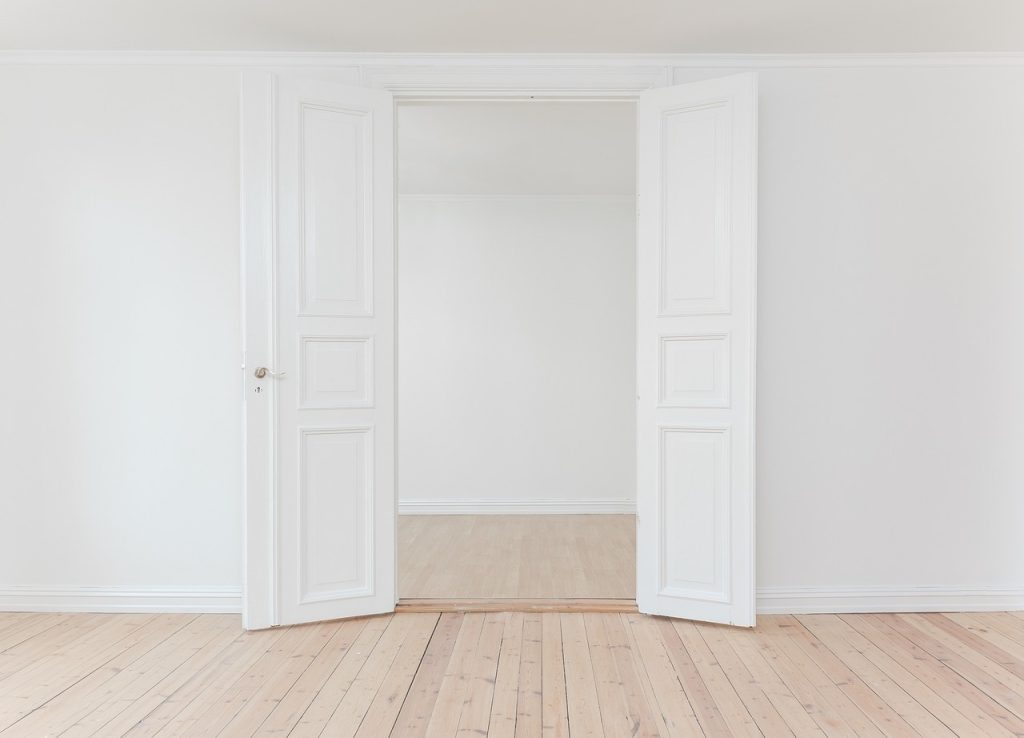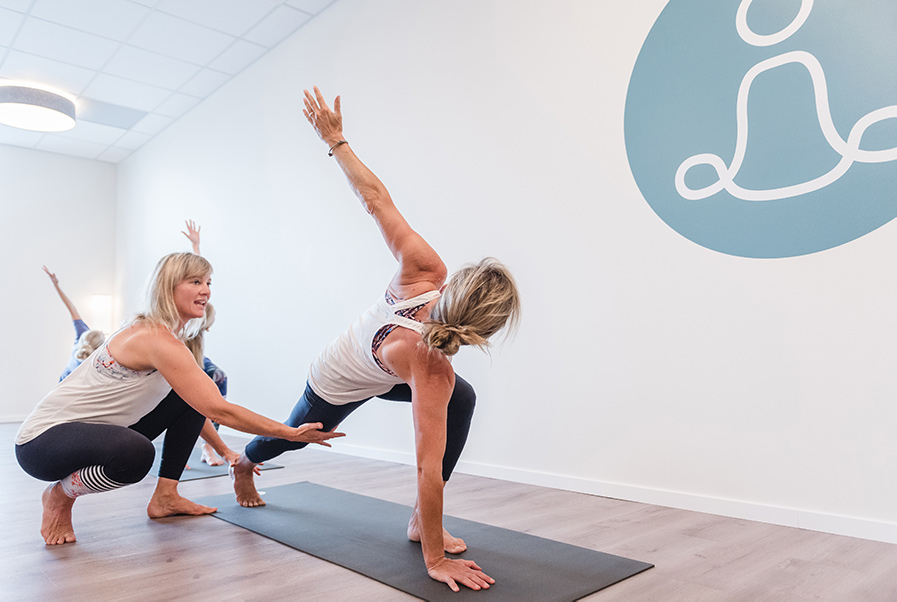Turning Spare Rooms into Mini Sports Arenas: Home Gym and Training Space Ideas

Image by StockSnap from Pixabay
Transforming a spare room into a mini sports arena is one of the most exciting ways to combine fitness, fun, and function. Whether you’re a serious athlete, a weekend warrior, or simply someone looking to stay active at home, a dedicated training space can bring new energy to your lifestyle. With a thoughtful approach to design, equipment, and layout, any unused room can become a personal hub for sports and wellness.
Assessing the Space and Setting Goals
The first step to creating your home sports arena is to assess the available space and define your goals. A small guest room, basement, or garage can be transformed into an efficient and motivating training area with the right planning. Consider the type of sports or exercises you enjoy most. Are you looking for a strength training setup, a cardio station, or a multi-sport practice zone? Your goals will dictate your layout, flooring, and equipment needs.
Take accurate measurements of the room, paying attention to ceiling height and ventilation. High ceilings are ideal for certain activities like jump training or swing practice, while lower ceilings may require compact setups. Proper airflow and lighting are essential for a space that feels fresh and energizing, helping you stay consistent with your workouts.
Choosing the Right Flooring
Flooring is a critical component of any home gym or sports space. It not only protects your floors from damage but also provides cushioning and traction to prevent injury. Rubber flooring is one of the most versatile options—it absorbs impact, dampens noise, and is easy to clean. Foam tiles are excellent for yoga or bodyweight workouts, offering comfort and flexibility.
If your focus is on activities like boxing, dance, or martial arts, consider installing padded mats for safety and shock absorption. For golf enthusiasts, artificial turf or putting mats can add a realistic touch to your indoor practice setup. Flooring choices can dramatically change the look and functionality of your room, so choose materials that align with your training style.
Incorporating Smart Storage Solutions
Space management plays a vital role in keeping your mini sports arena organized and clutter-free. Wall-mounted racks, shelving units, and ceiling hooks are great for storing weights, resistance bands, yoga mats, and sports gear. Multi-functional furniture, like foldable benches or stackable equipment, maximizes space without compromising usability.
A clean and organized environment keeps you motivated and focused. It also prevents unnecessary wear and tear on your equipment and ensures you can easily switch between activities without rearranging everything.
Bringing Technology into the Training Room
Modern home training spaces often integrate technology to simulate real-world experiences and enhance motivation. Smart fitness mirrors, app-connected equipment, and virtual trainers can bring a professional gym feel to your home. If you’re a golfer or a sports enthusiast, technology can transform your room into an immersive training zone.
A golf simulator projector is a perfect example of how tech can elevate your practice sessions. With realistic graphics and precise tracking, it allows you to play world-class courses and analyze your swing from the comfort of home. Combined with netting or a hitting mat, a simulator setup turns your spare room into a year-round golf experience—no matter the weather outside.
Designing for Multi-Sport Versatility
If your interests span multiple sports, consider designing a flexible training space that accommodates different activities. For instance, a room can be easily switched from a yoga studio to a boxing area with simple equipment adjustments. Install mirrors to track form, and keep portable items like jump ropes, dumbbells, and medicine balls within easy reach.
For families, the mini arena can also double as a recreational area where everyone can stay active. Add a basketball hoop on the wall, a mini soccer goal, or a table tennis setup. The key is adaptability—making sure your space supports both intense workouts and relaxed playtime.
Adding Personal Touches and Motivation
The environment you create directly influences how often you use your training room. Add motivational wall art, sports memorabilia, or framed posters of your favorite athletes. Displaying golf books or fitness guides on a shelf can inspire learning and consistency in your training routine. A dedicated reading or relaxation corner can serve as a recovery zone after workouts, encouraging balance between activity and rest.
Proper lighting also makes a big difference. Natural light creates a welcoming atmosphere, while LED fixtures can illuminate darker spaces effectively. Consider adjustable lighting for different moods—bright for cardio sessions and softer for yoga or stretching.
Incorporating Comfort and Recovery Elements
Every athlete knows recovery is just as important as training. Dedicate a small section of your home sports arena for rest and rejuvenation. Include a foam roller, massage gun, yoga mat, or even a compact stretching station. If space allows, an air purifier and small fan can improve air quality and comfort.
Soundproofing can be a valuable addition, especially if you live in an apartment or share walls with neighbors. Acoustic panels or heavy curtains help reduce noise, allowing you to train without distractions.
Budgeting and Planning for the Long Term
While it’s easy to get carried away with high-end equipment, building your home sports arena doesn’t have to break the bank. Start with essential items and add upgrades over time. Many quality fitness tools are available at affordable prices, and DIY solutions can save even more.
For instance, wall-mounted resistance bands and adjustable dumbbells offer versatility at a fraction of the cost of large machines. If you’re a golf lover, you can build your own hitting bay with a net and mat before investing in advanced simulator systems. Planning your purchases carefully ensures your setup remains practical and sustainable.
Maintaining Your Home Sports Arena
Once your mini arena is set up, regular maintenance keeps it safe and functional. Clean floors and equipment weekly, check for wear, and ensure that electronics are properly ventilated. Rotating your training equipment and updating your setup as your fitness goals evolve will keep your space fresh and engaging.
A well-maintained sports room not only enhances your performance but also boosts your motivation. Over time, you’ll find that your spare room becomes one of the most rewarding areas in your home—a place for self-improvement, passion, and health.
Conclusion
Turning a spare room into a mini sports arena is more than a home project—it’s an investment in your physical and mental well-being. With thoughtful planning, efficient design, and the right balance of technology and personal touches, you can create a space that supports your active lifestyle year-round. Whether you’re swinging a club indoors, lifting weights, or practicing yoga, your home can become your own private training sanctuary.
By Jordan Fuller, a golf coach, writer, and founder of Golf Influence. He shares expert insights and golf reviews to help players improve performance and enjoy the game more.




